Tools & Home Improvement
The Versatile Reciprocating Saw: Cutting Through Projects with Ease
When it comes to tackling a wide range of cutting tasks, from demolition work to precision trimming, the reciprocating saw stands as a reliable and versatile tool in the world of power tools. In this blog post, we’ll explore the reciprocating saw, its history, functionality, and the many ways it simplifies cutting through various materials with ease.
A Brief History: The reciprocating saw, often referred to as a recip saw or sawzall (a trademarked term by Milwaukee Tool), has a history dating back to the early 20th century. It was initially designed for use in surgical procedures but soon found its way into construction and woodworking due to its ability to make precise and rapid cuts.
How a Reciprocating Saw Works: At its core, a reciprocating saw operates on a simple yet effective principle: back-and-forth (reciprocating) motion of the cutting blade. The saw features a motor that powers a straight or orbital-action blade, which moves rapidly in a horizontal motion, slicing through materials in its path. The saw’s design allows it to cut through a variety of materials, including wood, metal, plastic, and even masonry.
Versatility in Applications: One of the primary advantages of the reciprocating saw is its versatility. It’s a go-to tool for professionals and DIY enthusiasts alike, and its applications are vast:
- Demolition Work: Reciprocating saws excel at tearing down walls, removing old fixtures, and dismantling structures. They make quick work of tasks that would be laborious with other tools.
- Pruning and Landscaping: Equipped with the right blade, reciprocating saws are effective for cutting through tree branches, shrubs, and other vegetation.
- Pipe and Metal Cutting: For plumbers and metalworkers, reciprocating saws are indispensable for cutting pipes, conduit, and metal rods.
- Precision Cutting: With the appropriate blade and technique, you can use a reciprocating saw for fine, precision cuts in woodworking and other delicate projects.
- Rescue Operations: In emergency situations, such as rescuing individuals trapped in vehicles, reciprocating saws are used by first responders to cut through metal quickly.
Features and Accessories: Modern reciprocating saws come with various features and accessories that enhance their performance and functionality:
- Variable Speed: Adjustable speed settings allow you to control the cutting speed for different materials and tasks.
- Quick Blade Change: Tool-free blade change systems make swapping blades quick and effortless.
- Orbital Action: Some models offer orbital action, which adds a slight circular motion to the blade’s back-and-forth movement for more efficient cutting.
- Corded and Cordless: Reciprocating saws are available in corded and cordless versions, offering flexibility in usage.
Safety Considerations: Safety is paramount when using a reciprocating saw. Always wear appropriate personal protective equipment (PPE), such as safety glasses and ear protection, to safeguard against flying debris and noise. Ensure the material you’re cutting is securely clamped or held in place to prevent accidental movement.
Conclusion: The reciprocating saw is a powerful and versatile cutting tool that has found its place in various industries and DIY projects. Its ability to swiftly cut through a wide range of materials makes it an essential addition to any toolbox. Whether you’re renovating a room, pruning trees, or handling emergency situations, the reciprocating saw is a reliable companion, simplifying cutting tasks with ease and precision.


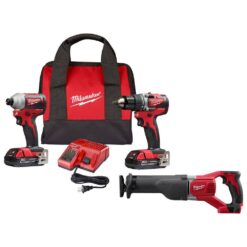
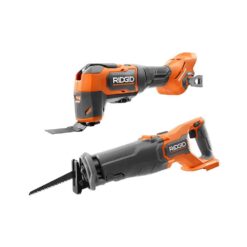
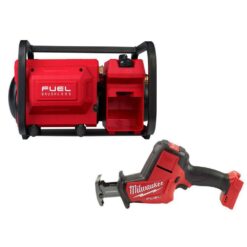
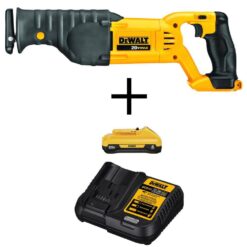
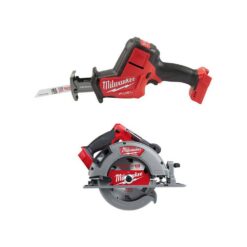
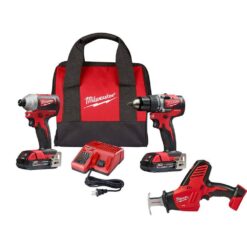
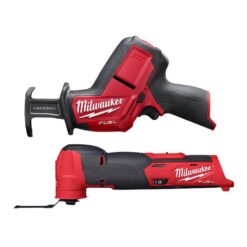
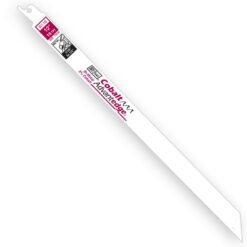

I do not even know how I ended up here but I thought this post was great I dont know who you are but definitely youre going to a famous blogger if you arent already Cheers
Simply wish to say your article is as amazing The clearness in your post is just nice and i could assume youre an expert on this subject Well with your permission let me to grab your feed to keep updated with forthcoming post Thanks a million and please carry on the gratifying work
Hi i think that i saw you visited my web site thus i came to Return the favore I am attempting to find things to improve my web siteI suppose its ok to use some of your ideas
Naturally, I like your website, but you ought to edit a couple of your writings. Since many of them have grave spelling errors, it is hard for me to be honest about them. Still, I will most certainly be back.
This blog post provides a comprehensive overview of the reciprocating saw, highlighting its rich history, functionality, versatility, and practical applications in various industries and DIY projects.
If you need help writing similar blogs, you can contact https://studyfy.com/custom-writing-service. Сustom essay order you can do right there.
Historical background helps you understand the evolution of the saber saw from its origins in surgical procedures to its widespread use in construction, woodworking, and more. Understanding its roots helps to appreciate its development and significance in modern tool use.
of course like your website but you have to check the spelling on several of your posts A number of them are rife with spelling issues and I in finding it very troublesome to inform the reality on the other hand I will certainly come back again
Clearly, improving education levels is critical for banks regarding POA training. My father had Alzheimer’s disease and dealing with financial institutions was like pulling teeth. They often had no idea about Power of Attorney (POA) protocols, which caused unnecessary stress. There are several useful resources, such as this one at https://www.nursingpaper.com/ that provide insight into nursing issues. It is high time for banks to get to the bottom of things and ensure employees are properly trained to effectively deal with these sensitive situations. A little knowledge goes a long way to easing the burden for families affected by Alzheimer’s disease.
Engaging with the Essay write service has provided me with an invaluable opportunity to refine my craft and connect deeply with my audience, check more https://paperwriter.com/write-my-case-study. As an essayist, my goal is to weave narratives that not only inform but also resonate on an emotional level, prompting readers to think, reflect, and engage in meaningful dialogue. Each essay is a carefully crafted exploration of ideas, experiences, and perspectives that aim to shed light on various aspects of the human condition.
The journey of essay writing starts with a spark of curiosity or a compelling question. Through the Essay write service, I channel these initial inspirations into well-researched and thoughtfully articulated essays. Each piece is a blend of personal reflection, critical analysis, and creative expression. My aim is to present viewpoints that challenge readers to reconsider their assumptions and view the world through a different lens, whether discussing societal issues, personal narratives, or philosophical musings.
A reciprocating saw is a must-have tool for any DIY enthusiast or professional contractor. Known for its versatility and power, this saw is designed to easily cut through a wide range of materials, john dutton jacket making it an invaluable asset for various projects.
I just could not leave your web site before suggesting that I really enjoyed the standard information a person supply to your visitors Is gonna be again steadily in order to check up on new posts
Hi i think that i saw you visited my web site thus i came to Return the favore Im attempting to find things to enhance my siteI suppose its ok to use a few of your ideas
My brother suggested I might like this website He was totally right This post actually made my day You cannt imagine just how much time I had spent for this information Thanks
you are in reality a just right webmaster The site loading velocity is incredible It seems that you are doing any unique trick In addition The contents are masterwork you have performed a wonderful task on this topic
I was suggested this web site by my cousin Im not sure whether this post is written by him as no one else know such detailed about my trouble You are incredible Thanks
Brilliant article télécharger Melbet android !It’s well-written and highly engaging. For those interested in soccer betting in Africa, we have a dedicated section on our site with valuable information. Make sure to subscribe for the latest updates and expert advice.
Great job télécharger 1xbet Cameroun apk !The article is well-written and very informative. For those who enjoy soccer betting in Africa, our site provides a wealth of resources and expert tips. Make sure to subscribe to stay updated with the latest information.
I loved as much as you will receive carried out right here The sketch is tasteful your authored subject matter stylish nonetheless you command get got an edginess over that you wish be delivering the following unwell unquestionably come further formerly again as exactly the same nearly very often inside case you shield this hike
Thank you for the auspicious writeup It in fact was a amusement account it Look advanced to more added agreeable from you By the way how could we communicate
I am not sure where youre getting your info but good topic I needs to spend some time learning much more or understanding more Thanks for magnificent info I was looking for this information for my mission
helloI really like your writing so a lot share we keep up a correspondence extra approximately your post on AOL I need an expert in this house to unravel my problem May be that is you Taking a look ahead to see you
helloI really like your writing so a lot share we keep up a correspondence extra approximately your post on AOL I need an expert in this house to unravel my problem May be that is you Taking a look ahead to see you
Thanks I have just been looking for information about this subject for a long time and yours is the best Ive discovered till now However what in regards to the bottom line Are you certain in regards to the supply